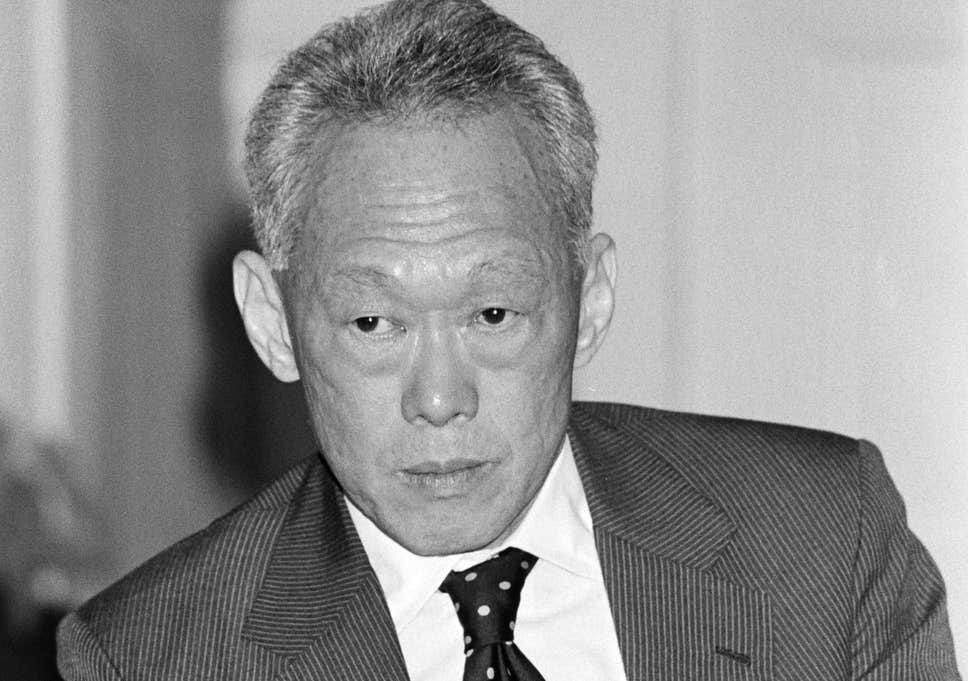Singapore’s population size and mix should never be left to the sole discretion of our decision makers and city planners. Covid-19 has clearly exposed the fallacy that such things are best left to them. The people have to be consulted.
The National Population and Talent Division released onThursday (Sep 24) data showing that Singapore’s population declined by 0.3 per cent in the past year, the Straits Times reported. . As of June 2020, it was 5.69 million, compared to the 5.7 million in the same month last year – the first such decline in the last 10 years.
Citizen population grew by 0.6 per cent to 3.52 million, with permanent residents remaining stable at 0.52 million. The number of non-residents in Singapore fell by 2.1 per cent to 1.64 million. This was “largely due to a reduction in foreign employment in services”, with the largest decrease among work permit holders.
Covid-19 was the main reason. Many foreigners left as they lost their jobs. Because of the virus, many Singaporeans, who had been living overseas, also decided to head back home, in a trend which will have some impact on employment, education and housing. No expert foresaw the coronavirus, as far as I know. It was not factored in, of course.
Back in 2011, no one also could predict the voter backlash against the decision to open up our gates to the mini tsunami of foreigners which put an intolerably severe strain on the public transport system, housing and other social resources. That floodgate move was made, it was said, to take advantage of the opportunities offered by the post-financial crisis as Singapore positioned itself to attract talents as well as to build up its infrastructure at lower labour costs.
The island hosted and suffered an explosion of people. So much for the great planning and group-think macho decisiveness. Three million, four million, five million, six million. The government’s 2013 White Paper brought up 6.9 million. All are just figures to play round with as planners got carried away with their grand plans.
Somewhere along the way, the figure of 10 million cropped up. Ten million on 721.5 km² of land, just imagine. Lee Kuan Yew was already uneasy with a much smaller ceiling and was not quite sold on even 6.5 million. To him, 5.5 million was the limit. The 10 million was finally shot down during the recent GE2020 when both DPM Heng Swee Keat and former chief planner Liu Thai Ker denied ever having mentioned the figure. Heng: “Let me be clear: The government has never proposed or targeted for Singapore to increase its population to 10 million…and if we look at today’s situation, our population is likely to be significantly below 6.9 million by 2030.”
Population size, which affects living standards and because Singapore needs to be open to foreign talents and workers as it develops as a global city and has to play host to these outsiders, is an important issue. Singaporeans have to be cued in, every step of the way, on the directions, for the policies to work. No surreptitious attempts to ram down foreign intakes. Even the so-called historical ethnic mix – which is supposedly what has given this society the formula and ballast for this multi-racial country’s success – cannot remain fossilised. It must be further debated as part of the process of formulating the population policy.
The out-of-the-blue Covid-19 has caused greater problems than a small dip in the population per se. It has thrown a spanner in the sustainability of many mega, often vanity, projects.
Not a small number of Singapore’s facilities and attractions have been built with more than residents in mind. Take the Gardens By The Bay. The Ministry of National Development revealed in Parliament way back in 2012 that the annual operating cost for the attraction was $53 million – $28 million for operating the two conservatories and $25 million for the outdoor gardens. The Gardens’ latest annual report said that in 2018, the operating expenditure totalled $102 million, which is a whopping sum. More and more the whole structure looks like a vanity showcase which has become too expensive to maintain.
These mega facilities – including Jewel and the SportsHub – owed their existence to some big oversized population projections, obviously, including expectations of a larger population than envisaged publicly. Think of the sheer waste of expenses and the lost usage costs as they remain empty or under-utilised.
Singaporeans should support the government’s long-term vision of turning former DPM’s S Rajaratnam’s fantastic globalpolis dream into reality. But they must be co-opted into the journey – and not coerced. Their suggestions and consent are mandatory.
Tan Bah Bah, consulting editor of TheIndependent.Sg, is a former senior leader writer with The Straits Times. He was also managing editor of a local magazine publishing company.

